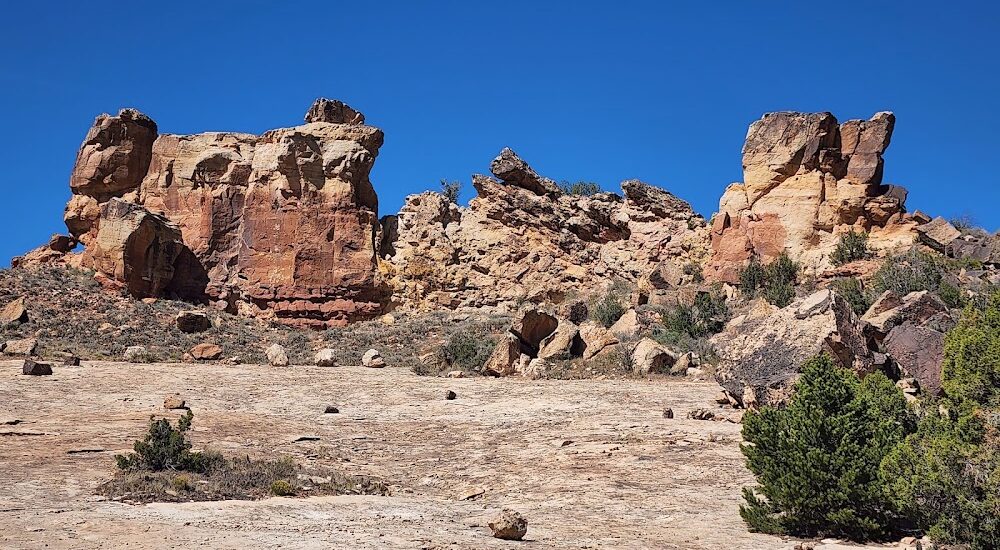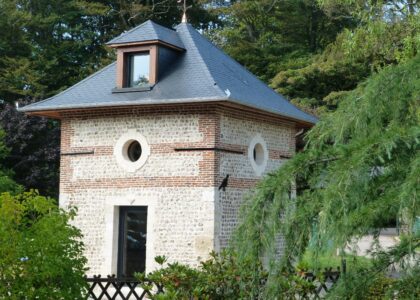Welcome to the Sand Canyon and Rock Creek Trailhead, a gateway into the remarkable landscapes and history of the American Southwest. This area, located near Cortez, Colorado, is part of the larger Canyons of the Ancients National Monument, which encompasses over 170,000 acres of cultural and natural resources. The trailhead serves as a starting point for exploring the rich history of the Ancestral Puebloan people who lived in this region over a thousand years ago.
The area was once home to the Ancestral Puebloans, also known as the Anasazi, who thrived in this arid landscape from approximately 500 to 1300 AD. The remnants of their presence are visible in the form of cliff dwellings, petroglyphs, and pottery shards scattered throughout the area. These ancient people were skilled farmers, adept at cultivating corn, beans, and squash in the challenging environment. They also constructed complex stone structures, some of which can still be seen along the trails.
Fast forward to the late 19th and early 20th centuries, when European settlers began to move into the area. The region became a hub for archaeological exploration as researchers sought to uncover the secrets of the Ancestral Puebloans. One notable figure was Earl H. Morris, an archaeologist who conducted extensive excavations in the area during the 1920s and 1930s, contributing significantly to our understanding of the prehistoric cultures of the Southwest.
The creation of the Canyons of the Ancients National Monument in 2000 marked a new chapter in the conservation of this culturally and historically significant region. The monument was established to protect the thousands of archaeological sites that tell the story of human habitation over the centuries. Today, visitors to the Sand Canyon and Rock Creek Trailhead can hike through stunning canyons and mesas while reflecting on the rich tapestry of history that unfolded here.
As you walk these trails, imagine the lives of the Ancestral Puebloans who once called this place home, their daily routines, spiritual practices, and the challenges they faced. The landscape here is more than just a backdrop; it is a testament to the enduring legacy of the people who lived and thrived in harmony with the land.





